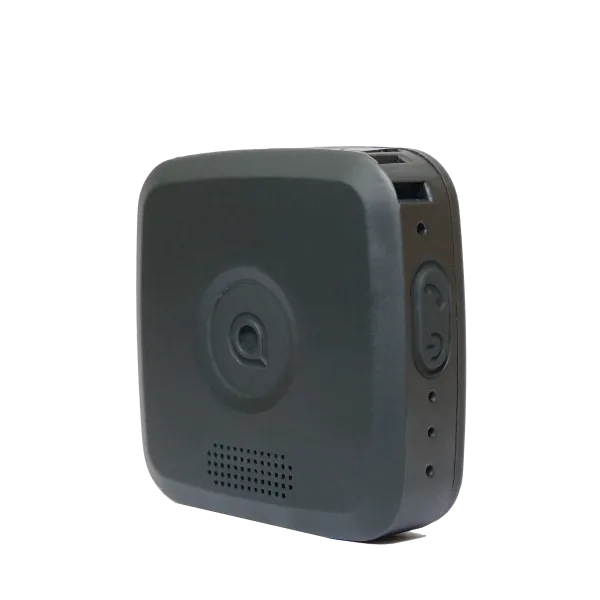Management of Health and Safety at Work Regulations 1999: Your Responsibilities
Understand your responsibilities under the Management of Health and Safety at Work Regulations 1999 and what happens when you’re in breach.

What Are the Management of Health and Safety at Work Regulations 1999?
The Management of Health and Safety at Work Regulations were introduced in December 1999 to reinforce the Health and Safety Act 1974.
The Health and Safety Act 1974 outlines an employers’ legal health and safety obligations to both their employees, contractors, and members of the public, along with the responsibility employees have for ensuring the safety of themselves and each other.
The Management of Health and Safety at Work Regulations 1999 go further, explaining that an employer must identify the risks that employees, contractors, and members of the public may face and take steps to control or mitigate those risks through a formal risk assessment process. The Regulations state that this should be carried out by businesses that have 5 or more employees.
Employer Actions for Management of Health and Safety at Work Regulations
- Effectively plan, organise, control, monitor and review the preventive and protective measures that are included within the risk assessment.
- Apply and adhere to the General Principles of Prevention (Hierarchy of Risk Control).
- Clearly determine the procedures required to manage serious and imminent danger, including how and when employees should contact the emergency services. For example, a fire evacuation procedure.
- Provide employees with information about the risks they face in their role and the measures the organisation is taking to protect them.
- Carry out regular checks on employees where the assessment has identified that health monitoring is required. For example, regular checks to detect ill-health due to noisy working conditions, machine vibrations, or exposure to dust.
- Consider if there are any specific risks to young people under 18, particularly in relation to lack of experience, being unaware of risks, or lack of maturity.
- Have regard for Regulation 16 of the MHSW Regulations which requires employers to consider risks to women of childbearing age and any risks to new or expectant mothers. This is particularly vital for organisations that deal with biological or chemical agents.
- Ensure assessments are specific to individuals or types of workers e.g. an organisation with lone or remote workers would need a lone worker risk assessment.
- Engage with employees and managers to ensure assessments are kept up to date.
Employer Responsibilities Under the Management of Health and Safety at Work Regulations 1999
In addition to the above, employers should:
- Appoint at least one competent person to oversee, supervise and assist in all matters of health and safety and compliance with legislation.
- Provide employees (permanent, temporary and contractors) with all health and safety information in an understandable format.
- Provide appropriate health and safety training to all employees.
- Ensure employees are not given tasks beyond their competence or physical capabilities.
- Collaborate with other employers who may be located within the same premises to ensure consistency and clarity in health and safety activities.
- Have a clear, documented health and safety policy.
Note: Any employer that has colleagues who work alone should also have a lone working policy. - Ensure appropriate supervision is in place for all workers.
Note: It’s important to explain the alternative measures you have in place for supervising lone workers.
Employee Responsibilities Under the Management of Health and Safety at Work Regulations 1999
It’s not just employers, managers and supervisors who are responsible for health and safety under the Management of Health and Safety at Work Regulations 1999, employees should also:
Amendments to the Management of Health and Safety at Work Regulations 1999
The Management of Health and Safety at Work Regulations were amended in October 2003 to remove the civil liability exclusions. The Regulations now allow:
- Employees to claim damages from their employer, where they have suffered injury or illness because of their employer breaching the 1999 Regulations.
- Employers to bring actions against employees for breaching their duties under the Regulations.
What Happens When an Organisation or Individual Breaches the Management of Health and Safety at Work Regulations 1999?
To understand this, it’s important to understand the difference between The Health and Safety at Work Act 1974 and the Management of Health and Safety at Work Regulations 1999.
An "Act" (i.e. The Health and Safety at Work Act 1974) is statutory legislation that has been passed by parliament. This means that they are laws and a breach creates a liability that is enforceable by the courts.
"Regulations" (i.e. the Management of Health and Safety at Work Regulations 1999) are supplementary to Acts. They are designed to help people work within the principles of the Act to avoid a breach.
Therefore a breach of The Health and Safety at Work Act 1974 is a crime and an organisation or individual can face significant penalties for not protecting workers. Those who are prosecuted can face fines or imprisonment, depending on the severity of the breach. Organisations must also deal with any reputational brand damage.
Find out more about why you should protect lone workers.
More information about the Management of Health and Safety at Work Regulations 1999
You can find full details of the Management of Health and Safety at Work Regulations 1999 on the government website.
A SoloProtect lone worker solution can help you to control and reduce the risks associated with lone working and demonstrates to the Health and Safety Executive, employees, and other parties that you are taking the necessary steps to keep people safe.
Book a free demo, request a quote, or get answers to your questions:
- Book a Lone Worker Safety Demo →
- Get a No-obligation Quote →
- Contact Us →
- Call us: 0114 399 6000
Your message has been received and we will be in touch shortly.









.webp)
.webp)
.webp)









